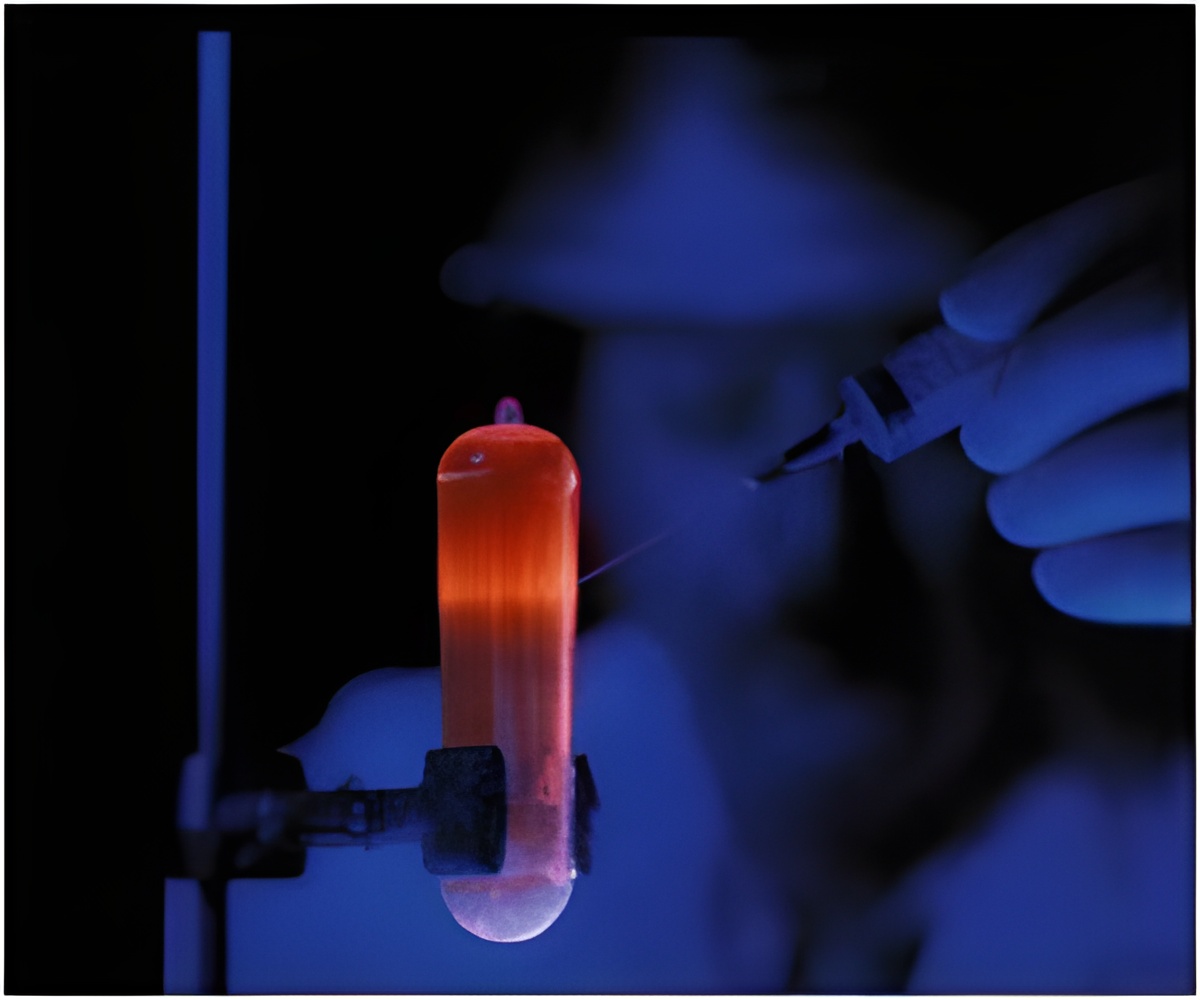High-dose (HD) bolus IL-2 therapy is one of the most potent forms of immunotherapy for patients with metastatic melanoma and renal cell carcinoma.
Approximately 15% of patients respond to HD IL-2 therapy, with almost 5% going into complete remission; however, use of HD IL-2 therapy is limited due to the toxic effects associated with treatment. Because HD IL-2-associated toxicity is severe, it would be beneficial for clinicians to determine if a patient would respond favorably to this treatment prior to side effect onset. Previous studies indicate that regulatory T cell (Treg) populations increase in patients undergoing HD IL-2 therapy, and in this issue of the
Journal of Clinical Investigation, Lazlo Radvanyi and colleagues at M.D. Anderson Cancer Center performed an in depth analysis of Treg populations in melanoma patients undergoing HD IL-2 therapy. The authors identified a distinct population of Treg cells that expressed the inducible T cell costimulator (ICOS) that was highly proliferative following the first cycle of HD IL-2. Furthermore, melanoma patients with greater levels of ICOS+ Tregs in response to HD IL-2 had better clinical outcomes, suggesting that this Treg population may be useful to predict which patients would benefit from HD IL-2.
Source-Eurekalert
